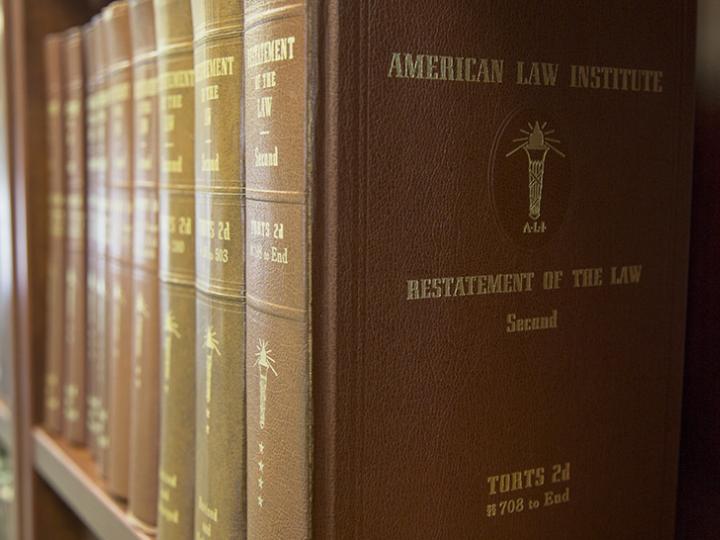In Howard v. Aspen Way Enterprises, Inc., 406 P.3d 1271 (Wyo. 2017), the Supreme Court of Wyoming adopted the elements of the invasion-of-privacy tort of intrusion upon seclusion as set forth in Restatement of the Law Second, Torts § 652B, with damages as defined by § 652H. In that case, lessees of computers from a rent-to-own franchise filed separate actions against the owner of the franchise, alleging that the defendant installed software on their leased computers, without the plaintiffs’ knowledge, that enabled the defendant to track the leased computers’ locations, remotely activate the computers’ webcams, and capture screen shots and key strokes. The circuit court granted in part the defendant’s motions for summary judgment, finding that the plaintiffs’ privacy claims were not recognized in Wyoming, and the state district court affirmed. The supreme court reversed the circuit court’s entry of summary judgment and remanded, holding that Wyoming recognized a cause of action for the invasion-of-privacy tort as defined by Restatement Second of Torts § 652B as intrusion upon seclusion and damages as defined by § 652H. The court considered the fact that a majority of jurisdictions recognized a cause of action for the intrusion-upon-seclusion tort and supported the Restatement’s formulation of the tort. The court explained that the Wyoming legislature had adopted the common law, making it the rule of decision when it was not inconsistent with the laws of the state, and concluded that the legislature had not repealed any of the common-law privacy torts and that the tort of intrusion upon seclusion was consistent with Wyoming law. The court concluded “that the Restatement version of the tort is the approach best suited to our common law,” because it had relied on the Restatement on numerous occasions to develop its common law and the Restatement’s formulation of the tort “is longstanding, represents the majority rule, and provides an established body of precedent to guide its application.”
In McElhaney v. Thomas, 405 P.3d 1214 (Kan. 2017), the Supreme Court of Kansas adopted the standards set forth in the Restatement of the Law Second, Torts, that defined two separate categories of injurious intent. In that case, a high-school student brought, inter alia, an intentional-tort claim against her classmate who drove over her feet with a truck in the high-school parking lot and caused her significant injury, alleging that the defendant had intended to run into her with the truck and had admitted that he only intended to bump her. The trial court dismissed most of the plaintiff’s claims, the defendant conceded that he was negligent, and the case was submitted to a jury solely on the appropriate measure of the plaintiff’s actual damages. The court of appeals affirmed the trial court. The supreme court reversed in part, holding, inter alia, that the trial court erred when it dismissed the plaintiff’s intentional-tort claim, because the plaintiff satisfied her initial burden of pleading and producing some evidence that the defendant acted with an intent to injure. The court noted that “Kansas has long followed the definition of intent found in the Restatement (Second) of Torts [§ 8A]” and that the object of that intent was the focus of its inquiry in this case. The court explained that Restatement Second of Torts §§ 13 and 18 defined two separate categories of injurious intent, and it adopted those standards as its own, concluding that the ‘“intent to injure’ element of a civil battery claim can be satisfied in alternative ways—either by (1) an intent to cause a harmful bodily contact, that is, to cause the other physical injury; or by (2) an intent to cause an offensive bodily contact, that is, to invade the other’s reasonable sense of personal dignity.” The court determined that, even if the defendant did not intend to cause the plaintiff any harm, the intent to bump the plaintiff with a truck was sufficient to allow a reasonable jury to conclude that he acted with an intent to offend.
The Institute is currently working on portions of the Restatement Third of Torts—Restatement of the Law Third, Torts: Intentional Torts to Persons and Restatement of the Law Third, Torts: Liability for Economic Harm. Visit the Projects page to learn more.
